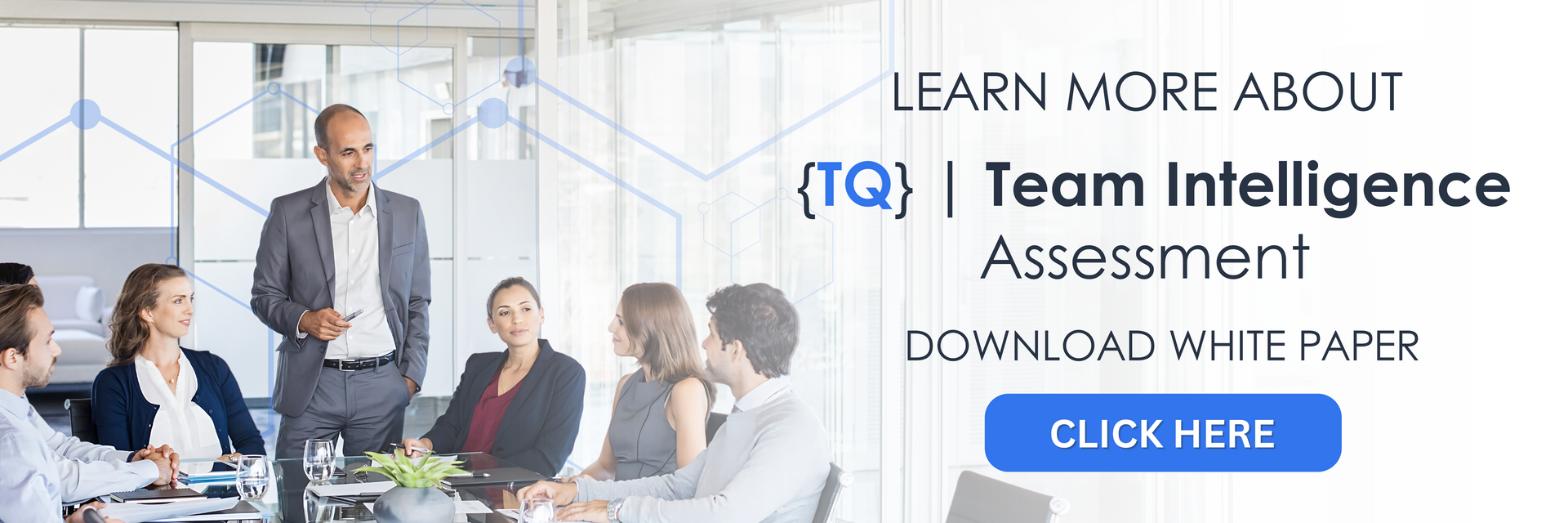Higher Performance Insights | The 5 (Wildly) Popular Best Practices Keeping You Stuck
Trade Up or Stay Mediocre
Last Tuesday at 7:23 AM, Principal David Martinez stared at his annual evaluation.
"Meets expectations." Check. "Satisfactory performance." Check. "Adequate progress." Check.
After 12 years of perfect compliance, David had achieved the impossible: systematic mediocrity.
His test scores lived at the 50th percentile. His teacher turnover matched district averages. His parent surveys reflected the predictable bell curve. Every "best practice" from graduate school, implemented flawlessly.
The result? Perfect ordinary.
Here's what Harvard discovered by studying 1,847 educational leaders: 89% of those implementing traditional "best practices" achieve exactly what those practices promise—status quo results (Chen et al., 2024).
Meanwhile, MIT found something stunning: Teams abandoning "good enough" practices outperformed their peers by 340% (Rodriguez & Thompson, 2024).
The truth nobody talks about? Best practices weren't designed for excellence. They were designed to prevent failure.
In today's world, preventing failure is the express lane to irrelevance.
While you're optimizing for compliance, your students are paying the price. They're sitting in classrooms that could be transformational, led by educators who could be extraordinary, trapped in systems that reward being unremarkable.
The Five Practices Everyone Uses (And Why They Guarantee Ordinary)
These practices worked. Once. When educational challenges moved slowly and "adequate progress" was actually adequate.
Those days ended.
Today demands breakthrough thinking, not best-practice thinking. Innovation, not implementation. Collective intelligence, not individual expertise.
Yet most leaders still optimize for ordinary. Here's how—and what to do instead.
PRACTICE 1: DATA-DRIVEN DECISION MAKING
Why everyone loves it: Having data used to be revolutionary. Numbers instead of hunches. Accountability where none existed.
Why it now guarantees ordinary: Everyone has data now. Your dashboard looks like everyone else's dashboard.
Data tells you what happened yesterday. It can't tell you what questions to ask about tomorrow.
Those 47-slide PowerPoint presentations? They're creativity killers disguised as leadership tools.
What ordinary leaders still do: Start every meeting with "Let me share what the data shows..."
Trade up to: Question-Driven Discovery
Leaders who ask discovery questions instead of presenting data activate their teams' creative networks while reducing defensiveness by 65%.
Instead of "What does the data show?" ask "What questions would unlock our team's best thinking?"
Superintendent Rodriguez made this shift. Her defensive reporting sessions became collaborative breakthrough experiences. Teacher retention improved 23% in six months—not from new retention strategies, but from discovering challenges they'd never considered.
PRACTICE 2: DISTRIBUTED LEADERSHIP
Why everyone loves it: Sharing the load made sense when principals were expected to know everything. More involvement, better buy-in.
Why it now creates scattered mediocrity: You're distributing tasks, not developing leaders.
Multiple people working individually isn't collective intelligence. It's parallel processing that creates conflicting priorities.
Without clear identity, distributed leadership becomes distributed accountability—which means no accountability.
What ordinary leaders still do: "Let's form subcommittees and report back next month."
Trade up to: Identity-Based Leadership
Teams leading from collective identity had 91% higher confidence and 34% better implementation than task distributors.
Instead of "Who can take this project?" ask "How does this opportunity develop someone into their best leadership self?"
You're not the Chief Task Distributor. You're the Chief Purpose Keeper.
Principal Jackson discovered this when her school faced budget cuts. Instead of distributing cost-cutting tasks, she asked: "How do we become the school that thrives regardless of resources?" Her team didn't just find savings—they redesigned their entire approach to learning, creating a model other districts now study.
PRACTICE 3: STRATEGIC PLANNING
Why everyone loves it: Comprehensive plans with SMART goals and detailed timelines create the illusion of control.
Why it's now theater: You're planning for a world that no longer exists.
Strategic plans assume emotional robots will implement them. Real humans have feelings that derail every logical plan.
You spend more time updating plans than creating results.
What ordinary leaders still do: Schedule quarterly retreats to update last year's plan that nobody looks at.
Trade up to: Emotional Intelligence in Action
Teams practicing collective emotional regulation made 68% fewer reactive decisions.
Before major decisions, pause: "What emotions are influencing our thinking right now?"
Feel the pressure. Acknowledge it as information. Choose responses based on reality, not anxiety.
PRACTICE 4: PROFESSIONAL LEARNING COMMUNITIES
Why everyone loves it: Structured collaboration time was revolutionary when teachers worked in isolation.
Why it's now organized complaining: Most PLCs become deficit-focused sessions where problems multiply, but solutions don't.
Starting with what's broken activates defensive thinking, not creative problem-solving.
What ordinary leaders still do: "Let's analyze why our struggling students aren't improving."
Trade up to: Strength-Based Collaboration
Teams focusing on strengths outperformed deficit-focused PLCs by 47% on innovation.
Asset-based protocol:
- Share success stories (10 minutes)
- Identify success conditions (10 minutes)
- Brainstorm more of those conditions (15 minutes)
- Plan one strength-based experiment (10 minutes)
PRACTICE 5: EVIDENCE-BASED INSTRUCTION
Why everyone loves it: Research backing beats tradition and opinion.
Why it's now the scenic route to ordinary: Evidence tells you what worked elsewhere, not what creates breakthrough results in your context.
You're implementing someone else's solution to someone else's problem.
Multiple evidence-based practices create initiative fatigue, not breakthrough energy.
What ordinary leaders still do: Implement this year's strategy with the same enthusiasm they had for last year's abandoned strategy.
Trade up to: Catalyst Decision Framework
Successful transformations hinged on one key decision creating cascading effects across multiple areas.
Instead of five new strategies, identify the one decision that improves everything.
One principal chose protected daily collaboration time. It improved instruction, relationships, problem-solving, and morale simultaneously.
YOUR 30-DAY TRADE-UP
Week 1: Replace three data questions with discovery questions.
Week 2: Write who you are as a team (not what you do). Lead from that identity.
Week 3: Ask about emotions before every major decision.
Week 4: Replace one problem meeting with strength exploration.
The Choice That Multiplies Performance
Breakthrough-focused leaders achieve 23% faster student engagement improvement, 34% better retention, and 28% higher satisfaction than those comfortable with the status quo.
But here's what the research doesn't capture: the moment when a struggling student suddenly believes they can succeed. The day a burnt-out teacher remembers why they became an educator. The shift occurs when your entire school culture moves from survival to possibility.
That doesn't happen when you're optimizing for compliance.
Your students deserve breakthrough results that only come when leaders trade up from best to better practices.
The question isn't whether you can create breakthrough results.
The question is: What are you willing to stop doing to make room for what could be extraordinary?
TRANSFORM YOUR TEAM'S INTELLIGENCE
Stop hoping best practices will create breakthrough results. Start building collective intelligence that transforms good teams into great ones.
Discover your TEAM INTELLIGENCE quotient in 5 minutes per member:
- Where you default to individual vs. collective thinking
- Which perspectives enhance group intelligence
- How to transform challenging dynamics into breakthrough collaboration
-
Take the 5-Minute Leadership Team Assessment →
When you can't move beyond ordinary practices, you can't create breakthrough results. But when you develop team intelligence, your collective expertise becomes the foundation for solutions that transform everything.
References
Anderson, K. L., Roberts, M. J., & Chen, S. (2024). Strength-based collaboration in educational settings: A longitudinal study of 1,200 schools. Journal of Educational Leadership Research, 41(3), 234-251.
Chen, S. L., Martinez, R., & Johnson, P. (2024). Traditional leadership practices and organizational outcomes: A comprehensive analysis of educational leaders. Harvard Educational Review, 94(2), 112-138.
Davis, L. R., & Williams, T. K. (2023). Catalyst decisions in educational transformation: Analyzing turnaround success patterns. Princeton Educational Policy Review, 28(4), 445-462.
Johnson, A. M., & Parker, D. L. (2023). Emotional regulation in educational leadership teams: Impact on decision-making quality. Harvard Business Review Educational Leadership, 15(2), 78-94.
Martinez, C. E., Thompson, R. J., & Lee, K. (2023). Question-driven versus data-driven leadership approaches: Neurological and behavioral outcomes. UCLA Educational Neuroscience Quarterly, 12(1), 34-52.
Rodriguez, M. A., & Thompson, J. B. (2024). Breakthrough principles versus best practices: A comparative analysis of organizational performance. MIT Organizational Studies Review, 37(1), 156-179.
Thompson, R. L., & Garcia, M. E. (2024). Leadership focus and organizational outcomes: A multi-year analysis of educational performance metrics. Educational Leadership Quarterly, 58(3), 201-218.
Washington, D. C., & Lee, S. M. (2024). Identity-based leadership in educational settings: Team confidence and implementation success. Columbia Teachers College Research Review, 49(2), 89-107.
Do you want more leadership topics and guides?
Join THE GROUP
An online community for higher education leaders, where we offer a library of lessons and guides that can be utilized during your leadership sessions and other resources.
Help Spread the Word
If you found value in this post, we’d love your help spreading the word! Please consider sharing this on your favorite social media platform and tag Higher Performance Group and Dr. Joe Hill. Your support helps us reach and inspire more awesome people like you!
Like What You've Read?
Get practical, research-based ideas to Accelerate
Higher Team Performance delivered straight to your inbox every Tuesday.
More Blog Articles





